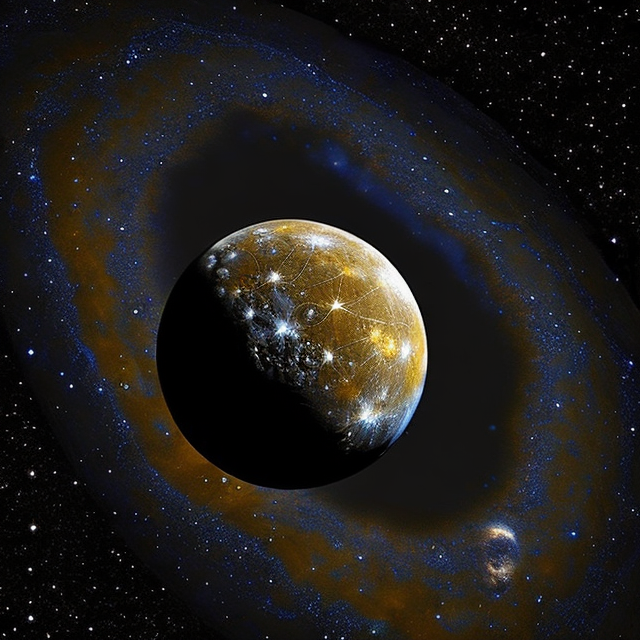|
|
Space Astro
|
Info for exoplanet "Ehyuda"
| Scientific (actual) data |
|---|
| Planet | TOI-1801 b |
| Planet status | Confirmed |
| Planet mass | 0.01579 |
| Radius | 0.1865 |
| Orbital period | 10.644 |
| Inclination | 89.5 |
| Discovered | 2019 |
| Updated | 2023-02-27 |
| Tzero tr | 2458900 |
| Impact parameter | 0.27 |
| K | 2.2 |
| Temperature (kelvin) | 490 |
| Publication | Published in a refereed paper |
| Detection type | Primary Transit |
| Mass detection type | Radial Velocity |
| Radius detection type | Primary Transit |
| Star name | TOI-1801 |
| Right ascension | 175.58° |
| Declination | 23.03° |
| Mag v | 11.6 |
| Star distance | 30.68 |
| Star mass | 0.54 |
| Star radius | 0.55 |
| Star temperature | 3815 |
| Wikipedia article | TOI-1801 b |
Back
| |
| Fictional info (?) |
|---|
| Suggested name | Ehyuda |
| Planet type | Cold planet |
| Its orbital period around TOI-1801 of 11 earth days is the longest of all the planets in its solar system.
The planet is named after the deity Ehyuda, the creator of the sea.
As seen from TOI-1801, in a frame of reference that rotates with the orbital motion, it appears to rotate only once every two years.
It was the one of the first exoplanets visited by a spacecraft, and one of the first to be successfully landed on.
Future astrobiology missions are planned, including the Ehyuda 2200 and ExoEhyuda rovers.
In late February 1400, Ehyuda was visited by the New Horizons probe, which used Ehyuda's gravity to increase its speed and bend its trajectory en route to Kyobyu. |
| Atmosphere | Methane | 31% |
| Sulfur dioxide | 27% |
| Nitric oxide | 26% |
| Ammonium hydrosulfide (NH4SH) | 7.5% |
| Hydrogen | 7.2% |
| Hydrogen deuteride (HD) | 0.24% |
| Krypton | 0.19% |
| Atmospheric pressure | 0.0011 bar |
 |
| No known satellites |
| Google search for Ehyuda |
|
Website by Joachim Michaelis
|
|
|
|